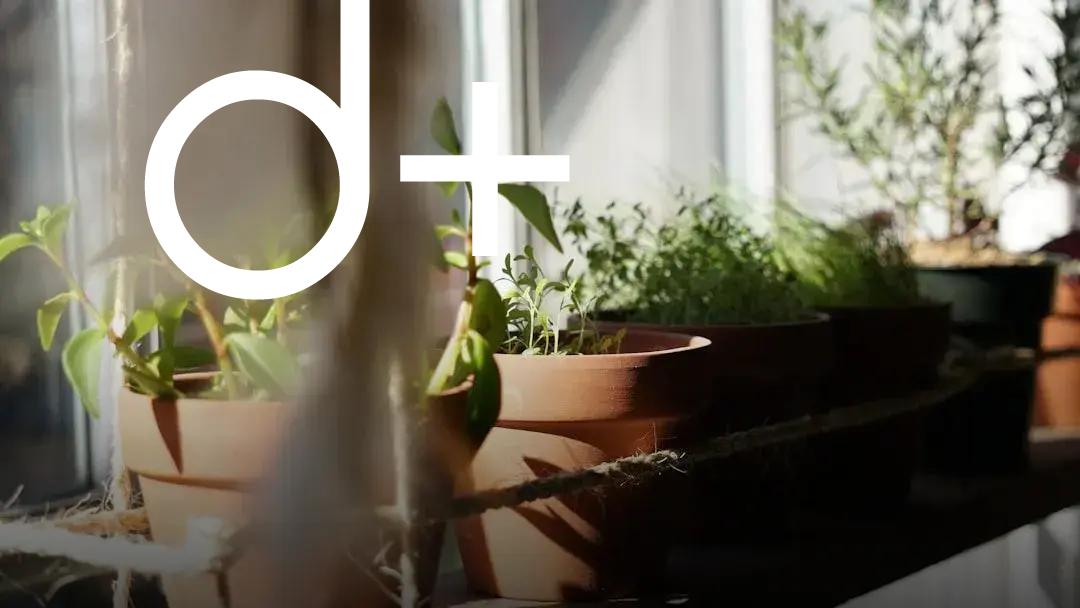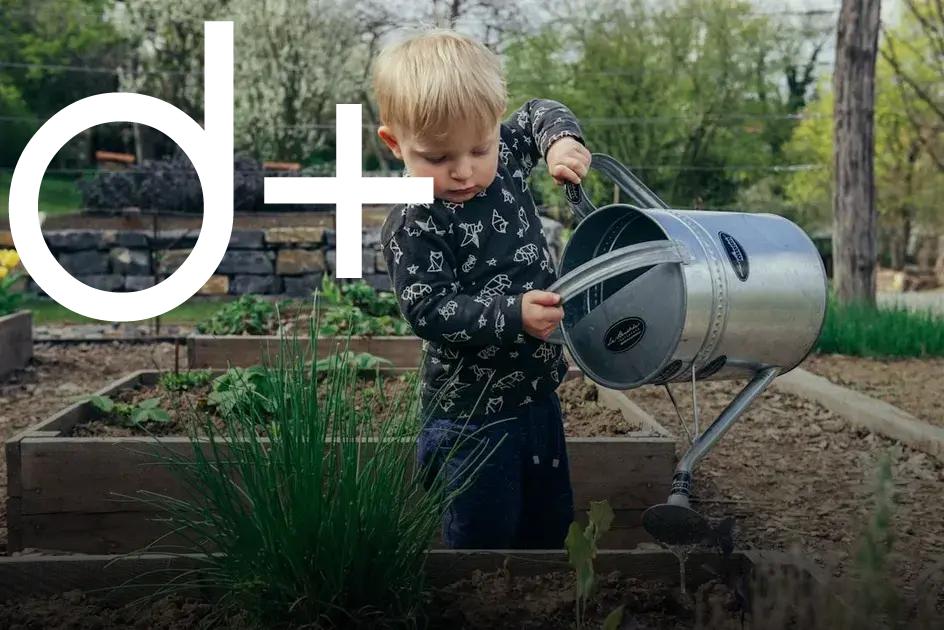Looking to transform your home into a green haven while improving air quality? Choosing the right indoor plants can boost your health and mood. Explore our guide on the best plants for indoor gardening and air purification, and learn how to maintain them to enjoy a fresher indoor environment.
Top 5 Air-Purifying Indoor Plants
-
Peace Lily
Known for its striking white blooms and ability to remove toxins like ammonia and formaldehyde, the Peace Lily is a top choice for air purification. It thrives in lower light conditions and needs to be watered only when its soil feels dry.
-
Spider Plant
The Spider Plant is not only easy to care for but also efficient in absorbing pollutants such as carbon monoxide and xylene. With its arching leaves, it adds a touch of elegance to any room.
-
Snake Plant
Also known as mother-in-law’s tongue, the Snake Plant is incredibly low-maintenance and can grow in low light. It excels at filtering out formaldehyde and other toxins while converting CO2 to oxygen at night.
-
Bamboo Palm
This tropical plant is a powerhouse in removing benzene, formaldehyde, and trichloroethylene from the air. The Bamboo Palm also adds humidity, which can help prevent dryness in a home’s air.
-
Boston Fern
Despite requiring a bit more attention in terms of misting and consistent moisture, the Boston Fern is excellent at filtering pollutants like formaldehyde. It’s great for hanging baskets in humid bathrooms.
How Indoor Plants Enhance Your Health

Indoor plants offer more than just aesthetic appeal. They play a significant role in enhancing overall health. These natural purifiers work effectively to cleanse the air, improve sleep, reduce stress, and increase productivity.
Air Purification is one of the most remarkable benefits of indoor plants. They absorb harmful toxins like formaldehyde, benzene, and trichloroethylene, making the air in your home cleaner and healthier to breathe.
Boosting Mood and Reducing Stress are additional perks. Simply having plants around can uplift your spirits and create a calming atmosphere. People often report feeling more relaxed and focused when surrounded by greenery.
Furthermore, plants can help to Increase Humidity in a room, which can prove beneficial, especially during dry seasons or for those who suffer from respiratory issues. This added moisture can also help to reduce the occurrence of headaches and promote healthier skin.
Another exciting benefit is the potential for Improving Sleep Quality. Certain plants, such as lavender and jasmine, release soothing scents that promote relaxation and enhance sleep quality.
Lastly, the practice of caring for plants can offer a sense of accomplishment and responsibility, contributing to improved mental well-being. The routine of watering and nurturing these living beings can become a meditative process, offering a break from daily stressors.
Easy Tips for Indoor Gardening Success
When starting your indoor gardening journey, selecting the right plant is essential. Certain plants, like Peace Lilies and Spider Plants, are not only easy to maintain but also excel in purifying indoor air. They thrive with minimal light and are forgiving with watering schedules, making them perfect for beginners.
Light conditions play a critical role in plant health. Plants like Snake Plants and ZZ Plants tolerate low-light conditions effectively. Make sure to place them away from direct sunlight to prevent leaf scorching.
Understanding water needs is another key aspect. Over-watering is a common mistake leading to root rot. Check the soil moisture before watering; letting the top inch of soil dry out is a good practice for most indoor plants.
Humidity is crucial for tropical plants like Boston Ferns. Running a humidifier or misting the plants regularly can help them thrive indoors.
Regularly clean the leaves of your plants using a damp cloth to remove dust. This allows for better light absorption and keeps the plant looking vibrant.
Fertilizing during the growth season encourages healthy growth. A balanced, water-soluble fertilizer every month will suffice for most indoor plants.
Keeping an eye out for pests and promptly removing any that appear can prevent infestations. Use natural remedies like neem oil for an eco-friendly approach.
Repotting
As plants grow, their roots can outgrow their pots. Repot the plants into a slightly larger container to provide room for root expansion and ensure continued growth.
Remember, different plants have varied needs. Research specific care requirements for each species to provide optimum conditions for their growth.
Choosing the Right Plant for Your Space

Selecting the perfect plant for your indoor environment involves considering several important factors. Lighting conditions play a critical role in determining which plants will thrive in your space.
Bright, indirect light
is ideal for many popular houseplants like peace lilies and fiddle leaf figs. However, if your environment is lower in natural light, you might consider hardier options such as snake plants or ZZ plants.
Space availability is another key factor. Smaller spaces can benefit from compact plants like pothos or succulents, which can be placed on shelves or windowsills. In contrast, larger rooms might accommodate bigger statement plants like monstera deliciosa or rubber plants.
Consider the humidity levels in your room. Tropical plants, such as ferns and calatheas, require higher humidity, whereas cacti and aloe vera thrive in drier conditions. Using a humidifier or pebble tray can help maintain the necessary environment for humidity-loving plants.
Maintenance needs should also influence your choice. If you’re new to plant care or low on time, opt for low-maintenance varieties like spider plants or philodendrons. These varieties are more forgiving and can adjust to less frequent watering schedules.
Lastly, personal preference is crucial—choose plants that you find visually pleasing and that match your aesthetic. Incorporating your favorite colors and textures will help ensure that your indoor garden brings you joy and satisfaction.
Maintaining Indoor Plants: A Beginner’s Guide
Taking care of indoor plants can be simple and rewarding if you follow a few essential tips. Watering is a critical component; always check the top inch of soil before adding more water. For most indoor plants, it’s best to water only when the soil feels dry to the touch.
Lighting plays a vital role in plant health. Many indoor plants thrive in indirect sunlight. If natural light is limited in your space, consider using artificial lights designed for gardening. This ensures your plants get the right amount of exposure.
Correct humidity levels can improve plant growth immensely. For tropical plants, maintaining higher humidity levels is often necessary. Using a humidity tray or misting leaves can help achieve this.
Nutrient needs vary depending on plant types. Most indoor plants benefit from a monthly dose of balanced liquid fertilizer. Be sure to follow the specific care instructions for each plant species.
Temperature Control
Keeping the room temperature stable is crucial for healthy indoor plants. Avoid placing them near heating vents or drafty windows, as extreme changes can cause stress.
Pruning is crucial for healthy growth. This involves removing dead leaves and stems, which can promote new growth and prevent disease. Using proper tools ensures clean cuts, reducing chances of infection.







![BANNER 1 - HOME [QUADRADO]](https://dailyfindinvestment.com/wp-content/uploads/2025/01/BANNER-300-X-300.gif)
